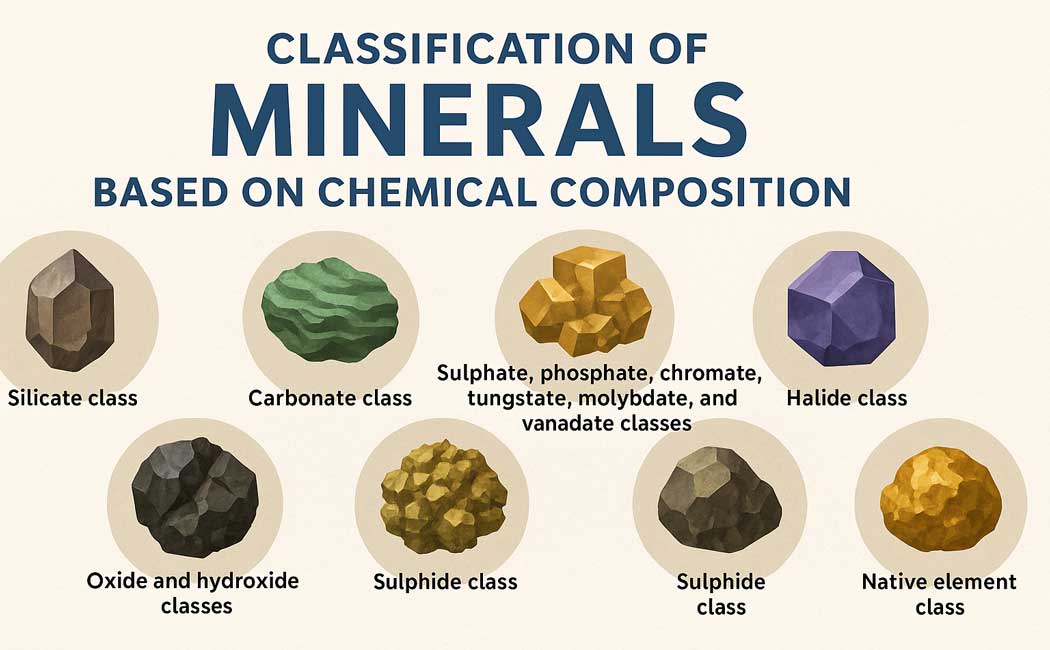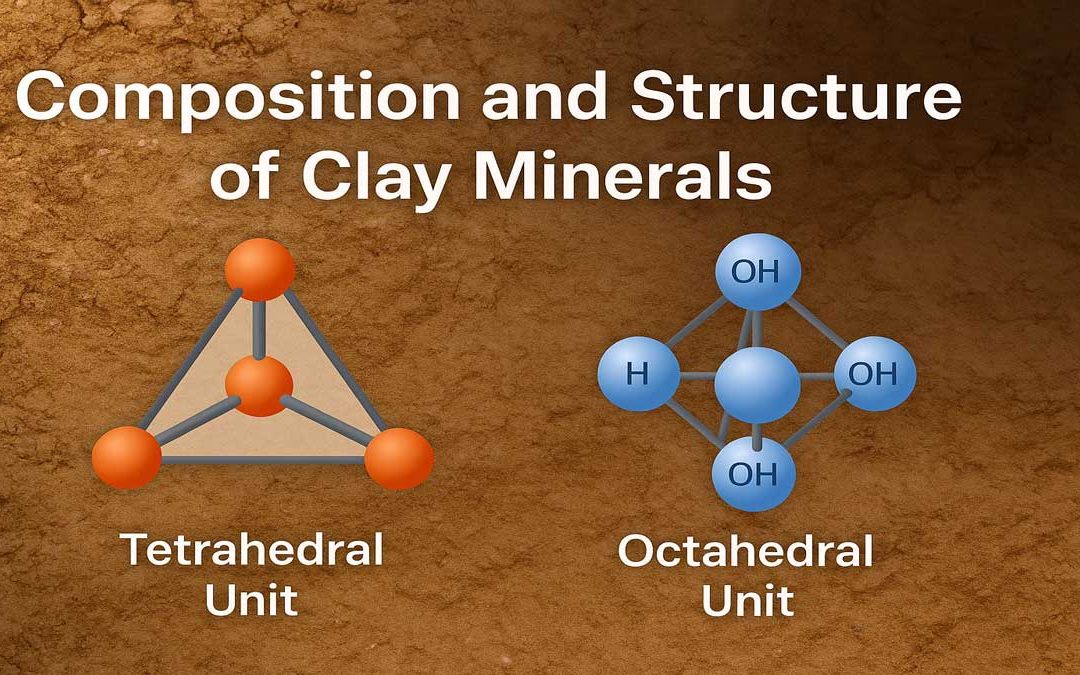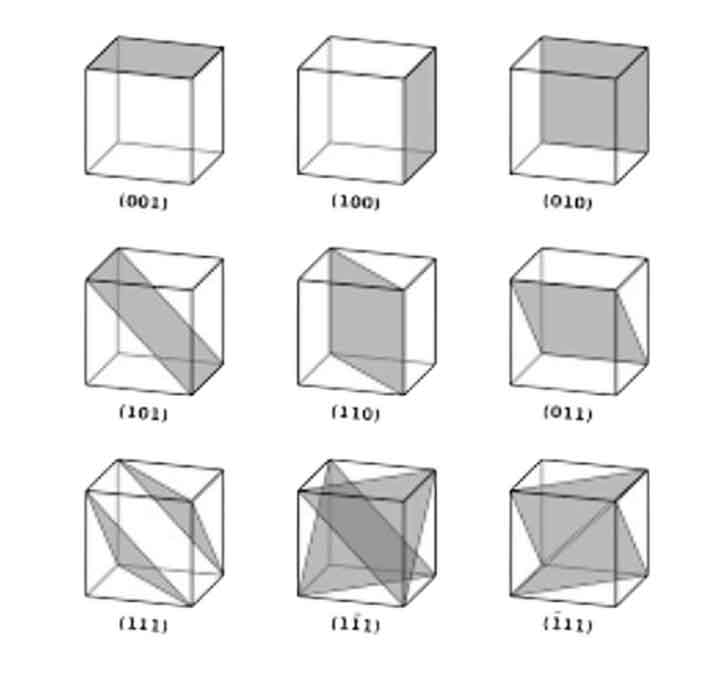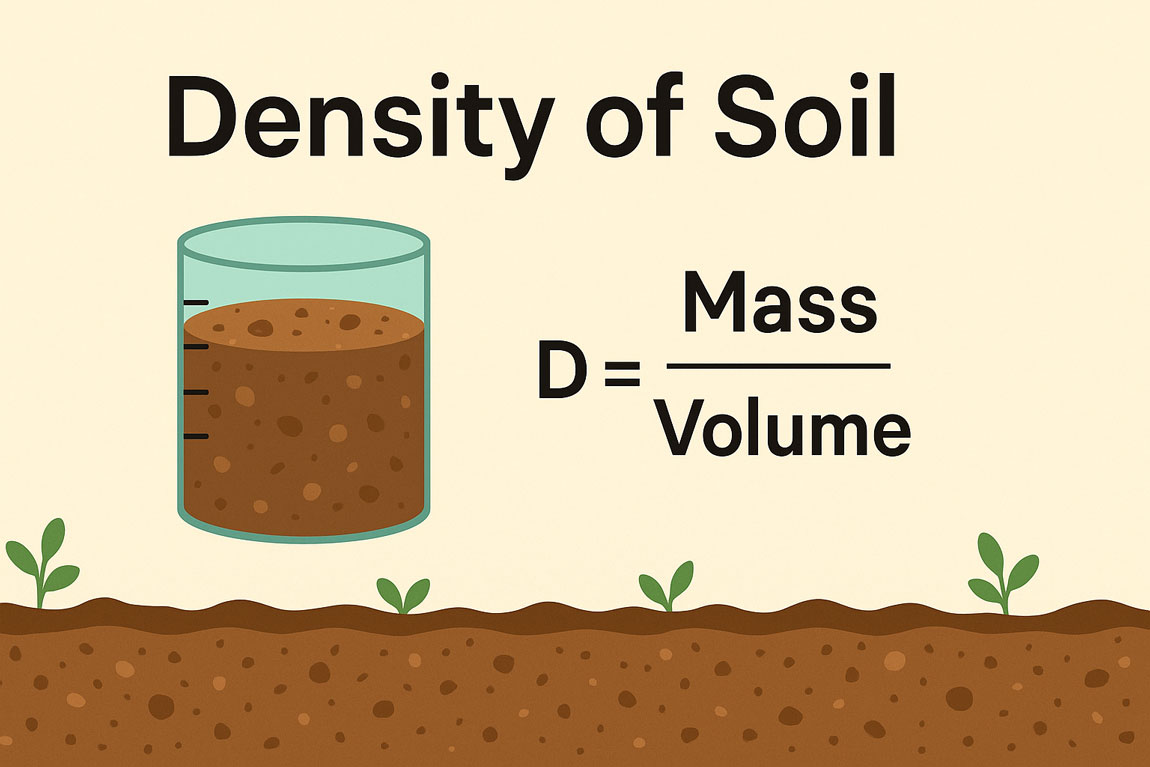
by Gelogia Team | Jul 11, 2025 | Crystallography & Mineral Optics, Physical Geology & Geomorphology
The classification of minerals is primarily based on their chemical composition, which allows scientists and geologists to systematically organize them into distinct groups. Minerals may be classified based on their chemical composition. They are grouped and described...

by Gelogia Team | Jul 1, 2025 | Crystallography & Mineral Optics, Mineralogy
Clay minerals are microscopic, layered silicate minerals that form the fine fraction of soils and sediments. They consist mainly of hydrous aluminum silicates and often include magnesium, iron, and organic materials. Their unique structure made up of tetrahedral and...

by Gelogia | Oct 13, 2024 | Crystallography & Mineral Optics
X-ray Crystallography: X-ray Crystallography is a technique in crystallography in which the pattern produced by X-ray diffraction through the closely spaced lattice of atoms in a crystal is recorded and then analyzed to reveal the nature of that lattice. Uses: X-ray...

by Gelogia | Oct 12, 2024 | Crystallography & Mineral Optics
Miller Indices: Miller indices for crystallographic planes are the reciprocals of the fractional intercepts (with fractions cleared), which the plane makes with the crystallographic x, y, and z axes of the three nonparallel edges of the unit cell. It consists of a...

by Gelogia | Oct 9, 2024 | Crystallography & Mineral Optics, Mineralogy
Crystal twinning is the symmetrical intergrowth of two or more crystals, related by a symmetry operation known as a twin element. Twin elements can include mirror planes, rotation axes (typically two-fold), and rotation inversion, which are distinct from the natural...

by Gelogia | Oct 7, 2024 | Crystallography & Mineral Optics, Mineralogy
Crystal symmetry refers to the regular arrangement of faces, edges, and other structural features in a crystal. This regularity constitutes the crystal’s symmetry. The degree of symmetry varies in different minerals and is employed in the classification of...












